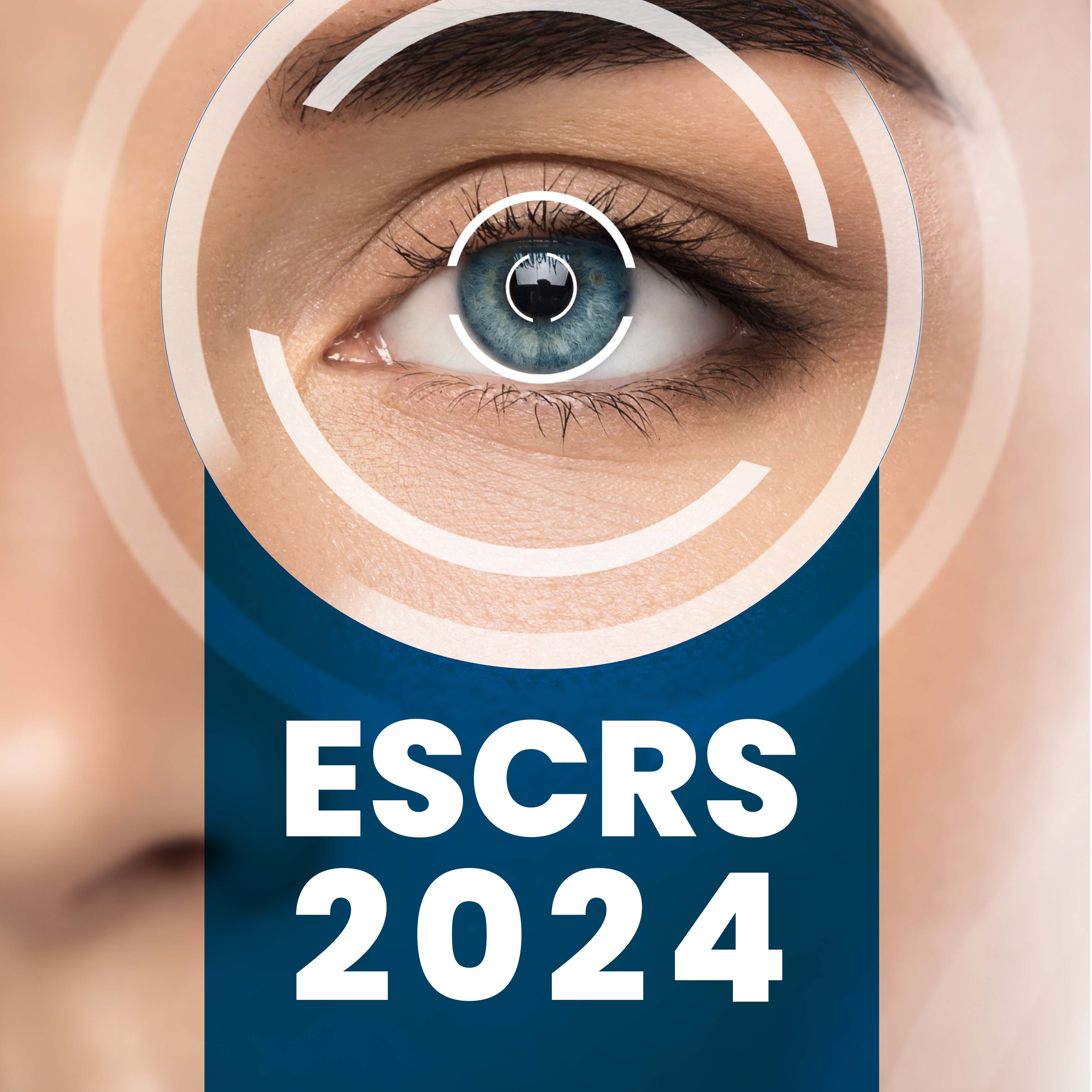Speaker: Francesc March De Ribot
Dry eye disease is a significant global health concern, affecting approximately 700 million people worldwide—more than double the population of Europe. This condition becomes increasingly prevalent with age and is often accompanied by cataracts, which affect between 20% and 60% of the population. Both conditions are major reasons for ophthalmic consultations, with cataracts being the second most common reason and dry eye disease ranking third. Dry eye disease is not only widespread but also impacts quality of life severely, contributing to symptoms such as depression, migraines, insomnia, and reduced productivity. The condition can lead to up to a 5% decrease in productivity, which is particularly concerning in today’s digital age where screen time is extensive. Public interest in dry eye is substantial, with nearly 2 billion references available online, highlighting its significance compared to more specialized medical databases like PubMed.
Economically, the dry eye market is robust, with expenditures around $5 billion annually, driven by the sale of over one billion bottles of eye drops. The prevalence of dry eye is expected to rise due to increasing computer use, an aging population, environmental factors such as pollution and diabetes mellitus. The approach to dry eye management has evolved significantly. Historically, from 1980, treatment often involved prescribing eye drops and dismissing the patient, but contemporary understanding recognizes the complexity of the condition. Effective management now requires a comprehensive approach, including specialized dry eye clinics and a deeper understanding of the disease's multifaceted nature. Training for residents and practitioners has adapted to this broader perspective, emphasizing that dry eye is not merely a transient issue but a complex and persistent condition. Comprehensive treatment strategies and patient education are essential to improving outcomes.
Addressing dry eye in patients undergoing cataract surgery is crucial. Ophthalmologists must incorporate dry eye management into their routine practices, embracing ongoing learning and adapting to the evolving treatment landscape to better serve their patients. During training, the approach to dry eye disease often involved a simplistic treatment strategy, typically involving prescribing eye drops and not preparing patients for the potential persistence of symptoms. It is crucial to inform all patients about the likelihood of experiencing dry eye symptoms post-surgery, which can last for up to three months. Patients should receive a clear explanation about the condition, including a written letter outlining the expected symptoms and the available treatments. Preparing patients in advance helps manage expectations and improves overall satisfaction with the surgical outcome. Acknowledging that dry eye is a significant concern affecting approximately 700 million people worldwide—more than double the population of Europe—underscores its prevalence and impact. This condition can lead to dissatisfaction if not properly addressed, potentially affecting patient retention and referrals. In clinical practice, it is essential to adopt a comprehensive approach to managing dry eye, especially in patients undergoing cataract surgery. Providing preoperative and postoperative care, including patient education and appropriate treatments, is key to mitigating the impact of dry eye. This proactive strategy not only enhances patient outcomes but also safeguards the reputation of the practitioner in a competitive field. The importance of understanding and addressing dry eye disease has grown over time.
42nd Congress of the European Society of Cataract and Refractive Surgeons, 6 – 10 September 2024, Fira de Barcelona, Spain.


